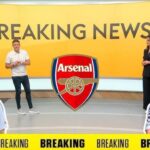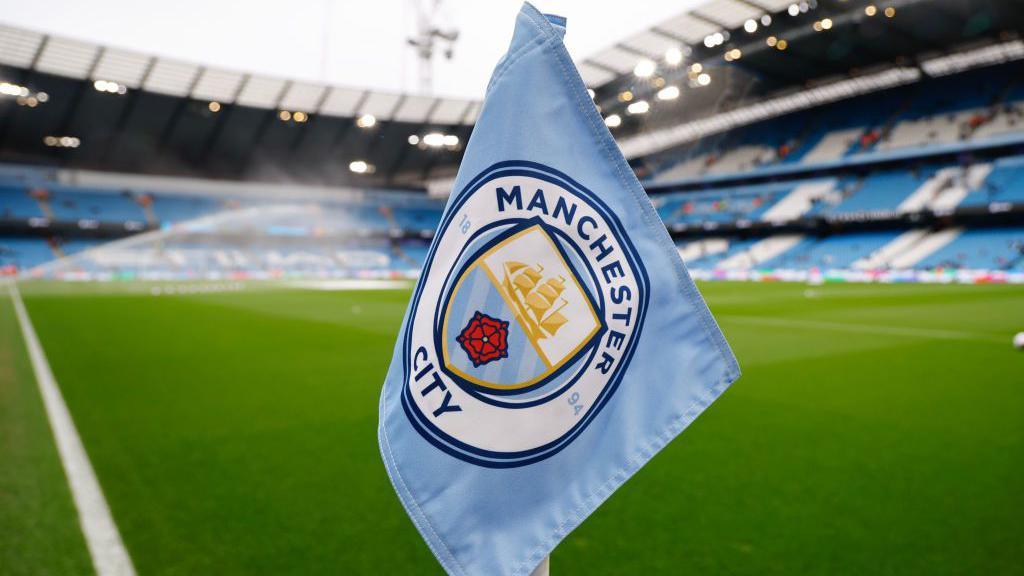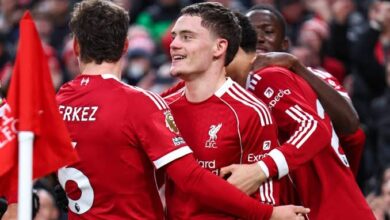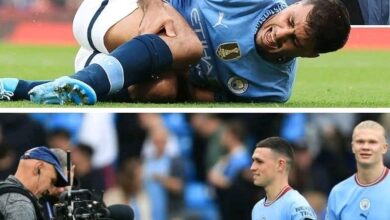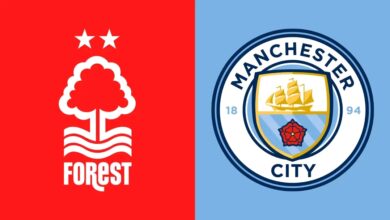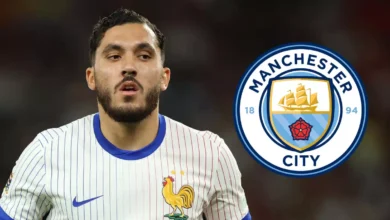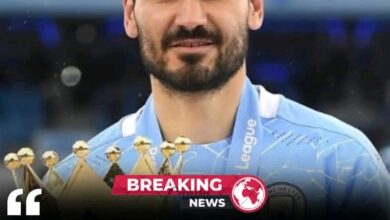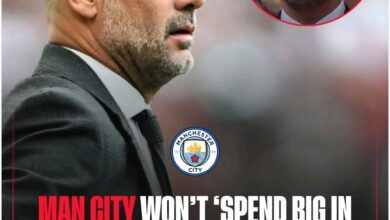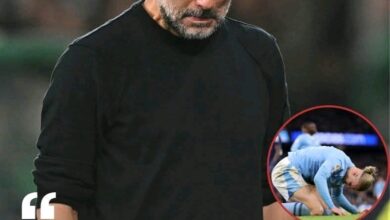Gabriel Jesus Provides Injury Recovery Update Making Progress with Pressure Chamber Therapy! Encouraging Signs for Arsenal Fans
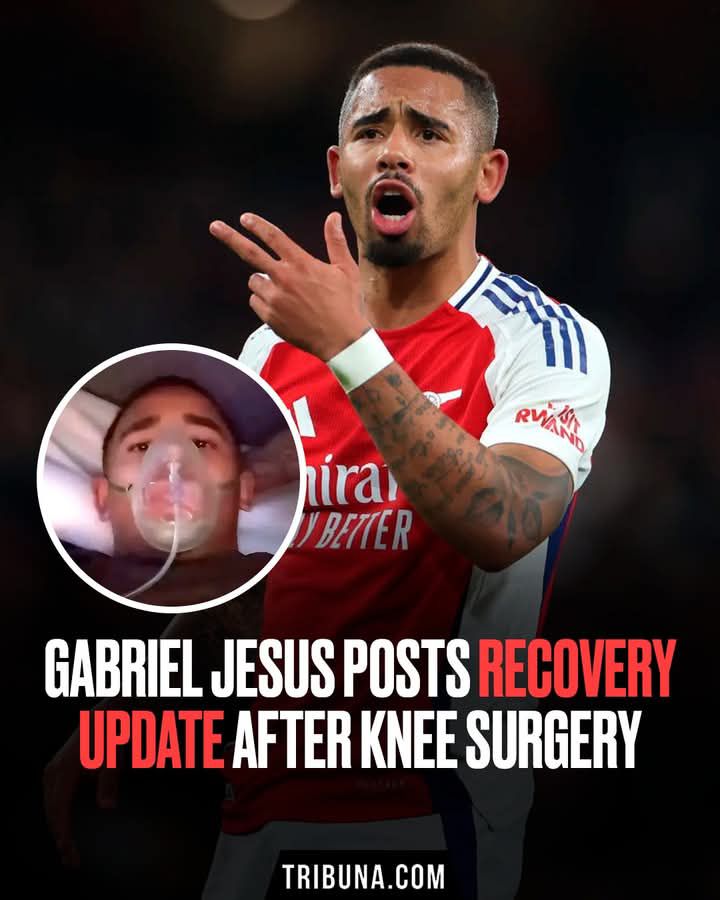
Arsenal Football Club finds itself navigating through increasingly turbulent waters as a string of recent injuries threatens to derail their ambitious campaign across multiple competitions. The timing couldn’t be more critical, with a crucial north London derby against Tottenham Hotspur looming on the horizon. This comprehensive analysis examines the current state of Arsenal’s injury concerns, their potential impact on the team’s tactical setup, and the implications for their transfer market strategy.
Recent Setbacks: A Perfect Storm
The past week has proven particularly challenging for Mikel Arteta’s squad. Following a frustrating draw at Brighton that saw them drop vital points in the Premier League title race and a subsequent 2-0 defeat to Newcastle United in the first leg of their Carabao Cup semi-final, the Gunners’ FA Cup elimination at the hands of Manchester United has added insult to injury—quite literally.
The FA Cup defeat, while disappointing in itself, brought with it perhaps the most concerning development of all: the sight of Gabriel Jesus being stretchered off the pitch, clutching his left knee in visible distress. This injury, combined with existing fitness concerns surrounding key players like Bukayo Saka and emerging talent Ethan Nwaneri, has created a perfect storm that threatens to undermine Arsenal’s aspirations across all competitions.
The Brazilian striker’s injury situation demands immediate attention. Having already entered the Manchester United match carrying a knock, Jesus’s attempt to challenge Bruno Fernandes near Arsenal’s penalty area resulted in what appeared to be a significant knee injury. While medical staff’s initial assessment suggests the injury affects his left knee—not the one that required surgery following the 2022 World Cup—the early signs are far from encouraging.
Mikel Arteta’s post-match comments reflected the gravity of the situation: “Big worry, that’s my feeling. He had to come off on a stretcher with a lot of pain, touching his knee. It’s not looking good.” The manager’s particular concern about “the feeling that he had” and the level of pain displayed suggests this could be more than a minor setback.
The timing of Jesus’s injury creates a significant tactical dilemma for Arsenal. With crucial fixtures approaching, including the north London derby, the team must quickly adapt their attacking strategy. The Brazilian’s unique combination of pressing intensity, link-up play, and goal-scoring threat makes him particularly difficult to replace with a like-for-like alternative from the current squad.
Bukayo Saka: Long-term Absence Confirmed
Perhaps the most significant ongoing absence is that of Bukayo Saka, whose injury during the Crystal Palace match on December 21 has proven more serious than initially feared. The England international’s subsequent surgery and confirmed absence until at least March represents a hammer blow to Arsenal’s title aspirations.
Arteta’s recent update on Saka’s condition provides little room for optimism: “He had a procedure. Everything went well, but unfortunately he will be out for many, many weeks… I think it will be more than two months.” The manager’s careful choice of words, particularly his emphasis on the uncertainty of the recovery timeline, suggests the medical team is taking an appropriately cautious approach with one of the club’s most valuable assets.
Saka’s absence creates a substantial void in Arsenal’s right-wing position, where his combination of dribbling ability, creative passing, and goal-scoring threat has been instrumental to the team’s attacking patterns. The situation is further complicated by the injury to potential replacement Ethan Nwaneri.
Ethan Nwaneri: Promising Talent Sidelined
The timing of Ethan Nwaneri’s injury is particularly unfortunate, coming just as the young academy graduate was beginning to establish himself as a viable first-team option. His muscular injury, sustained after an impressive goal-scoring performance against Brighton, is expected to keep him out for several weeks.
Arteta’s comments about Nwaneri’s situation reveal both frustration and pride: “He has earned the right to step up and play for us and now he has started some games – some big games – and impacted those games in the way he has done, in different positions too.” The manager’s emphasis on Nwaneri’s versatility underscores the significance of losing such a flexible attacking option at this crucial juncture.
Defensive Concerns: White and Tomiyasu
The defensive line hasn’t escaped the injury crisis, with both Ben White and Takehiro Tomiyasu facing extended periods on the sidelines. White’s absence since the Chelsea draw in November following knee surgery has left a significant gap in Arsenal’s right-back position. However, Arteta’s recent update provides some cause for optimism: “The knee looks good, he has reacted really well the first few weeks, everything is going smoothly.”
White’s potential return before the end of January would provide a welcome boost, though the manager’s careful qualification about the need for progressive loading of the knee suggests a cautious approach to his reintegration will be necessary.
Tomiyasu’s situation appears more complex, with the Japan international having been absent since early October. His versatility across the defensive line has been sorely missed, particularly given the concurrent absence of White and the recent injury to Calafiori.
Riccardo Calafiori: Latest Casualty
The recent addition of Riccardo Calafiori to the injury list compounds Arsenal’s defensive concerns. While details about his muscle complaint remain limited, his absence from the FA Cup squad against Manchester United suggests a potentially significant issue requiring careful management.
Tactical Implications and Squad Management
The current injury situation presents Arteta with several complex tactical challenges:
1. Attacking Reorganization: The simultaneous absence of Jesus, Saka, and Nwaneri requires a complete rethink of Arsenal’s attacking approach. The team must find new ways to create and convert chances while maintaining their pressing intensity from the front.
2. Defensive Flexibility: The injuries to White, Tomiyasu, and Calafiori limit Arsenal’s defensive options and their ability to rotate the backline effectively. This could become particularly problematic given the congested fixture schedule ahead.
3. Squad Depth: The current situation exposes potential limitations in Arsenal’s squad depth, particularly in attacking positions. This may force Arteta to rely more heavily on youth team players or adapt his tactical setup to accommodate available personnel.
Transfer Market Implications
The mounting injury crisis has intensified pressure on Arsenal to strengthen their squad during the January transfer window. The club’s need for reinforcements, particularly in attack, has become increasingly apparent. Any potential signings would need to
- Gabriel Jesus: Unknown (pending scan results)
- Riccardo Calafiori: Unknown (pending further assessment)
- Ethan Nwaneri: Early February (tentative)
- Bukayo Saka: March (earliest possible return)
- Ben White: Late January/Early February
- Takehiro Tomiyasu: Timeline unclear
Conclusion
Arsenal’s current injury crisis represents perhaps the most significant challenge of Mikel Arteta’s tenure. The combination of long-term absences to key players and fresh injuries to potential replacements has created a perfect storm that threatens to derail the club’s ambitions across multiple competitions.
The situation demands not only tactical flexibility and creative solutions in the short term but also raises important questions about squad planning and depth for the future. How Arsenal navigate this challenging period could well define their season and influence their approach to squad building in future transfer windows.
The immediate focus must be on adapting to these absences while maintaining competitive performance levels, particularly with crucial fixtures approaching. However, the longer-term implications of this injury crisis—including its impact on transfer strategy and youth development—could resonate well beyond the current season.
As Arsenal prepare for their midweek clash with Tottenham, all eyes will be on how Arteta responds to these challenges and whether his depleted squad can maintain their push for hon


